Little bit later than originally planned, a summary of the latest Russian missile strike on Ukraine.
During the night from 16 to 17 November, but especially during the morning of 17 November, the Russians run their - long expected - mass missile strike on Ukraine. Indeed, it seems this was one of biggest, and longest missile strikes on Ukraine so far. Once again, primary target was the power-supply network of Ukraine: for this purpose, the Russians should have deployed a total of 210 ballistic- and cruise missiles.
What’s more: this strike came after a week during which – according to Zelensky – the Russians deployed 900 UMPK glide bombs and 600 attack UAVs: it’s on hand that this has already depleted Ukrainian stocks of surface-to-air missiles by quite a degree (for example: on 16 November, the PSU claimed to have detected 83 Shaheds, shot down 53 and jammed the other 30).
Now, as far as is known, early on 17 November, NATO and Ukrainians have detected 90 incoming Shaheds on time to provide ample warning. As usually, these slow attack UAVs were sent to ‘meandre’ around the Ukrainian airspace and thus prompt Ukrainians to activate air defences so their positions can be recorded by the Russian means of electronic warfare – for better targeting by other means. Reportedly, 42 Shaheds were shot down, 41 were jammed and caused to harmlessly crash. Two others returned to Russia.
Because there were questions in this regards: as mentioned at least a week ago, yes, some of Shaheds nowadays have thermobaric warheads. Actually, over the time, a total of five different types of warheads have been found on downed Shaheds:
- 1.) Iranian-made 50kg high-explosive/fragmentation warhead;
- 2.) BST-52 thermobaric warhead;
- 3.) BSF-50 high-explosive warhead;
- 4.) oFZBch-50 high-explosive/incendiary/fragmentation warhead; and,
- 5.) TBBCh-50 thermobaric.
Meanwhile, according to official Kyiv, no less than ‘7 Tu-160 bombers’ and 16 Tu-95MS bombers (most from Olenya AB, on the Kola Peninsula, but also 7 from Olenogorsk AB) were airborne over south-western Russia, and they began releasing Kh-101 cruise missiles in coordination with warships of the Russian Black Sea Fleet releasing Kalibr cruise missiles. In grand total, the Ukrainians report to have detected 101 Kh-101 and Kalibr cruise missiles: Kalibrs seems to have been released from four warships (means, probable maximum was 16 of such weapons).
The first of cruise missiles have entered the Ukrainian airspace around 06.30hrs local time. As so often before, multiple of Russian cruise missiles have violated the Moldovan airspace. The PSU claimed that its F-16s have shot down ‘about 10 Russian targets’, and in grand total, the Ukrainians claimed 85 Kh-101s and Kalibrs as shot down.
It is interesting to see the (Ukraine-reported) involvement of Tu-160 bombers. Don’t recall these to have been explicitly mentioned as involved in strike operations against Ukraine so far. Not that this is entirely out of question but, AFAIK, there was never any kind of definitive confirmation – even if, back in summer 2022, at least one Tu-160 was photographed underway at high altitude some 50km from the Ukrainian border (see the video-still below).
As both the slow Shaheds and then the faster cruise missiles were about to approach their targets, the Russians initiated the final phase of their strikes. This included air-launched subsonic guided missiles, and air- and ground launched ballistic-, supersonic and hypersonic weapons, like:
- 1 Iskander-M ballistic missile;
- 2 Kh-32 (released by 2 Tu-22M-3s; 2 were claimed as shot down), and 2 Kh-31P missiles (released by 4 Su-27s; both were claimed as shot down);
- 5 Kh-59/69 guided missiles (released by 5 Su-34s; all 5 were claimed as shot down);
- 8 Kinzhal air-launched ballistic missiles (released by 10 MiG-31Ks; 7 were claimed as shot down by the PSU), and
- at least one Zircon hypersonic missile (was claimed a shot down, but wreckage caused heavy damage to an apartment building).
In grand total, the Ukrainians claimed to have shot down 144 missiles and UAVs (that is: 102 out of 120 missiles and 42 out of 90 UAVs).

Primary targets were power plants, substations, transformation stations, and heating pipelines of the energy network. From what can be made by now, energy infrastructure was hit in:
- Rivne: explosions reported.
- Lviv: 1 woman killed by debris of a Russian missile in Chervonohrad, 2 injured; main heating pipe in that town was damaged, leaving 6,000+ without heating.
- Vinnytsia: explosions reported.
- Volyn: explosions reported
- Kyiv: energy infrastructure facilities in the north of the city were hit by Kh-59/69s; an apartment building in Pecherskyi district is known to have been hit; debris is known to have hit buildings in Holosiivskyi and Dniprorvsky districts. One woman was injured. The PSU claimed to have shot down 'several' Kh-101s, Kinzhals, Iskander-Ms, and 'likely' a Zirocon missile over Kyiv (in addition to 'dozens' of Shaheds).
- Sumy: around 20.37hrs this evening, a residential building was hit by an Iskander-M ballistic missile: 10 civilians were killed, 51 injured.
- Kharkiv: hit by multiple UMPKs.
- Poltava: the dam of the Kremenchuk hydroelectric power station was damaged.
- Zaporizhzhya: explosions reported.
- Dnipro: explosions reported, 2 railway workers killed, 3 injured.
- Kryvyi Rih: explosions reported.
- Mykolaiv: attacked around midnight and again around 05.00hrs; two women are known to have been killed, 6 wounded.
- Odesa: local air defences claimed the destruction of 29 Shaheds; numerous explosions reported, all electric transport stopped. 2 Ukroenergo engineers were killed when a transformation station on which they were working was hit. There are massive problems with electricity- and water supply all over Odesa ever since. Lots of homes have been damaged too and civilians have been injured. Local schools were closed for two days.
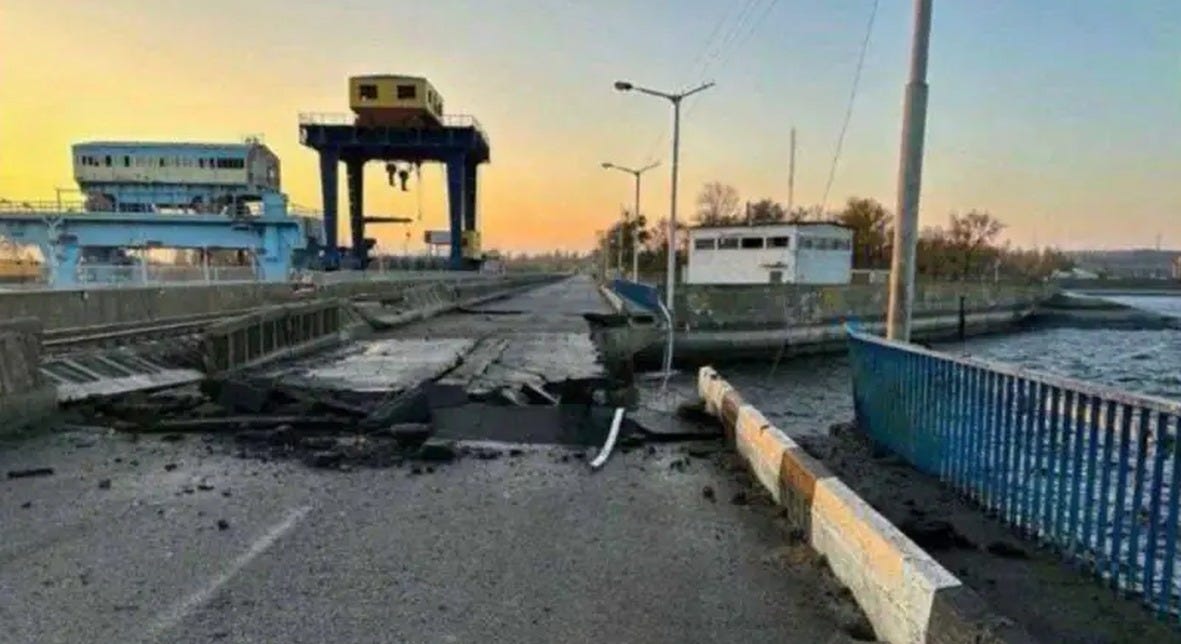
Railway traffic in Khmelnitsky, Odesa, and Poltava Oblasts was interrupted for hours, but most of problems were solved by the Ukrainian railways using diesel locomotives.
While this evening it is said that nuclear power plants in Khmelnytsky, Rivne and South Ukraine were not directly attacked, four of substations on which they rely were. Indeed, the strike reportedly delivered such a blow, that there is power shortage even for supply of electricity to these three nuclear power plants, required for their coolling: as a result, only two out of nine nuclear reactors used to produce electricity in Ukraine can still be operated at full capacity; the rest is working at 40-60%. Damaged was also the power-line supplying electricity necessary to cool the Zaporizhzhya NPP. Unsurprisingly, DITEK imposed emergency power cuts in Kyiv, Donetsk, and Dnipro already during the strike. As of this evening, NEC Ukroenegor applied a two-shift stabilisation shutdown from 06.00 until 22.00hrs local time – and that’s coming atop of already daily power cut offs.
Foremost: dozens of enterprises involved in military production in Lviv, Vinnytsia, Ivano-Frankivsk, Kryvyi Rih, Kharkiv, and Cherkasy lost all power and couldn’t work for the entire day.
Bottom line: this was not only a massive effort (definitely one of ‘three most massive I can recall’), but also one that caused lots of damage – and then damage that is going to be felt all through Ukraine for the rest of this winter.
Sure, in reaction to this strike, the USA, Germany, and France have granted permission for deployment of their long-range weapons supplied to Ukraine against targets inside Russia. But, hand on heart: they can still dictate targets, and that’s also (and literally) ‘too little and too late’.




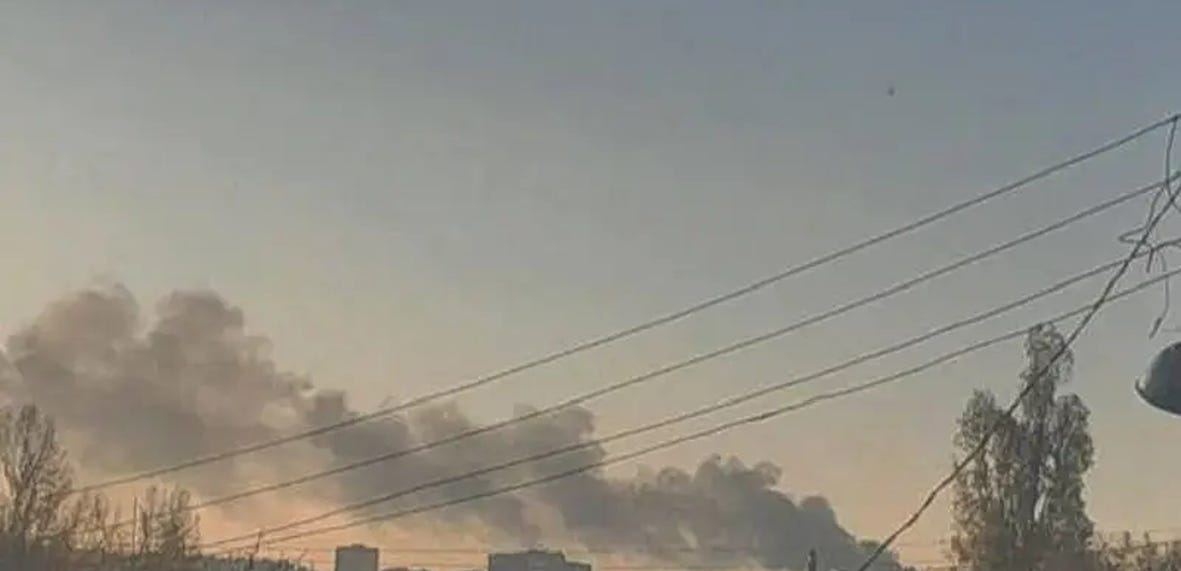
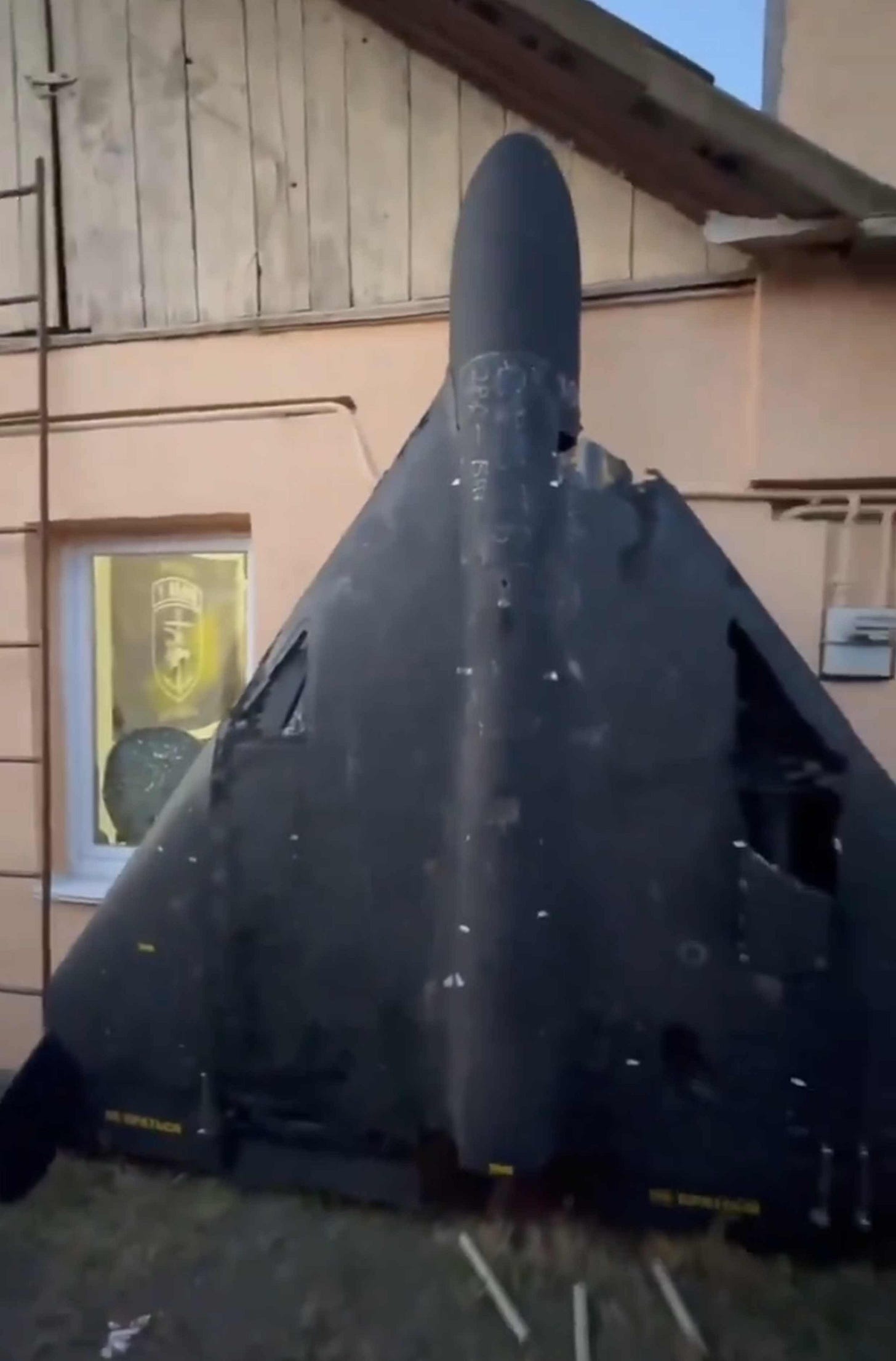

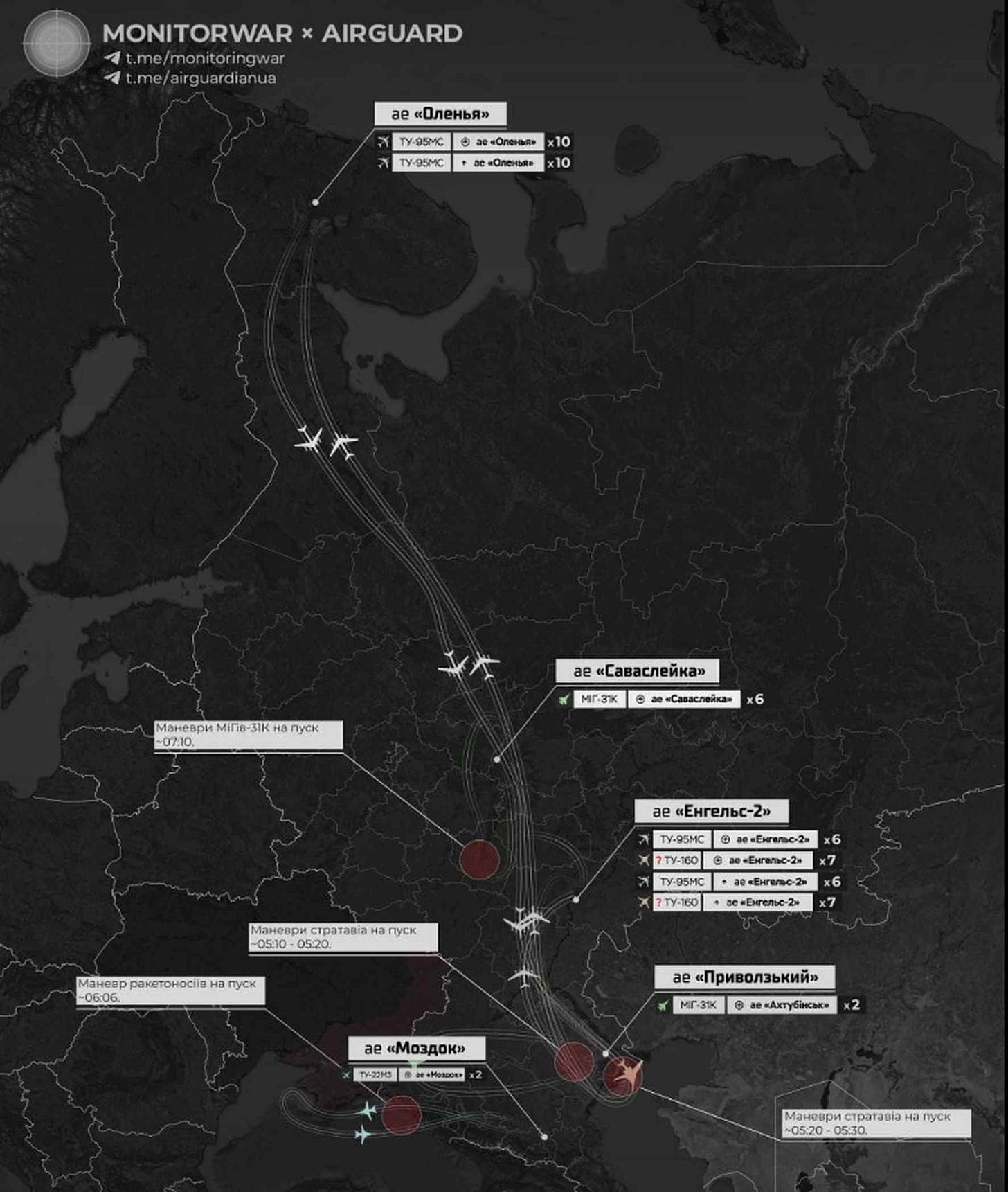

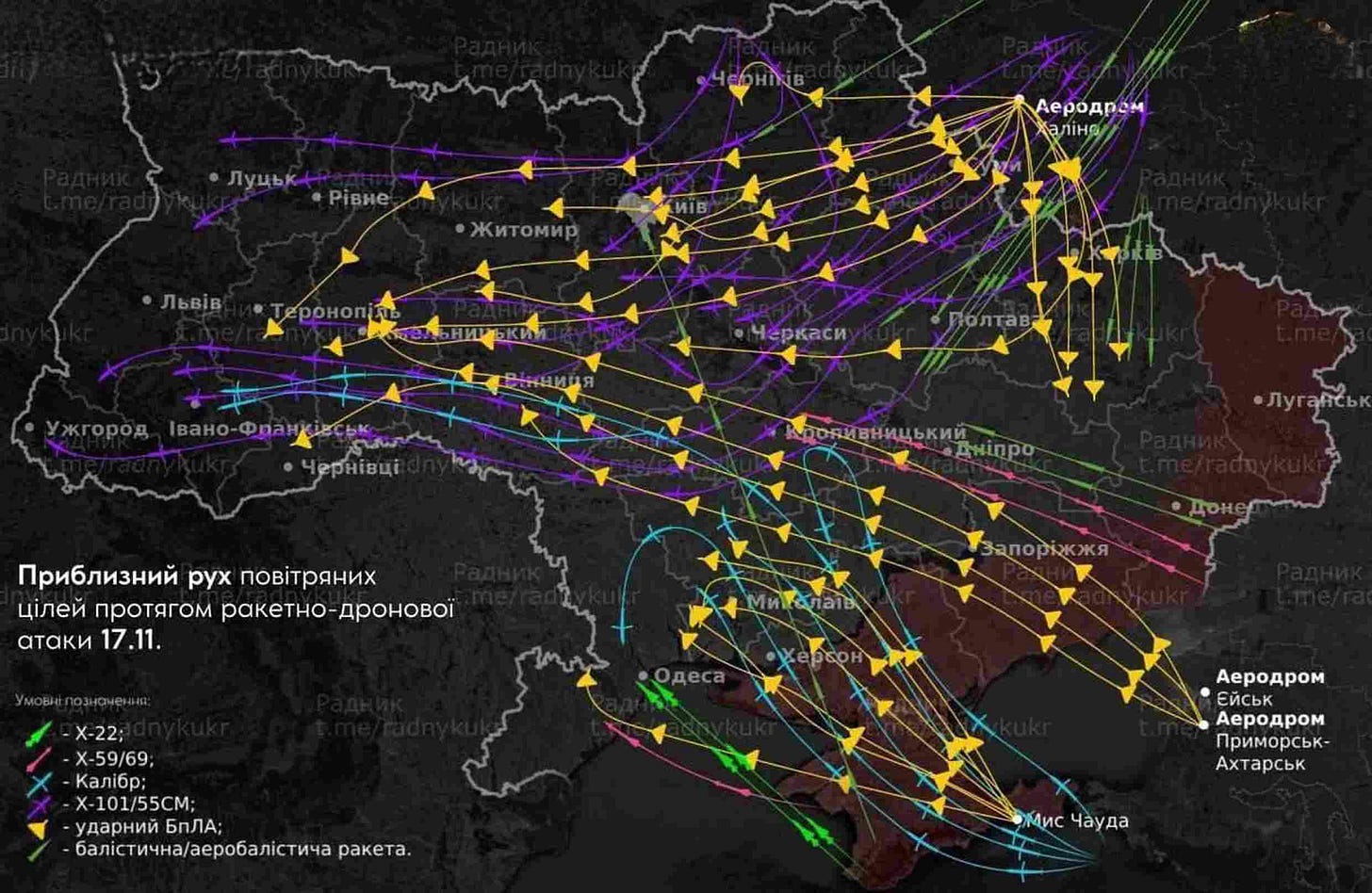
It was from the very beginning too little, too late. The stupidity of certain western politicians, which is clearly shown by their inability to learn, has now criminal dimensions.
Too little, too late and apparently only in Kursk region. Ridiculous